We often see questions such as “What is the longest outfield in MLB?”, “What baseball stadium has the longest distance from home plate to the fence?”, and “What baseball stadium has the deepest outfield?”
Baseball stadiums have gone through numerous transformations over the years. The traditional Yankee Stadium, Fenway Park, Wrigley Field, the Polo Ground, Ebbets Field, the Baker Bowl, and many others fell by the wayside.
With the introduction of the AstroDome and Astroturf came many cookie-cutter stadiums in the same mold in the 1970s and 1980s, such as Veterans Stadium, Three-Rivers Stadium, Riverfront Stadium, among others. These stadiums were multipurpose stadiums that were the same in size as turf fields. Over the past 20 years, these stadiums have phased out to modern stadiums of various field dimensions and seating capacity.
Let’s take a closer look at the biggest MLB stadium by capacity, and biggest MLB stadiums according to distance to center field.
Biggest MLB Stadium by Capacity
Wrigley Field (Chicago Cubs): Capacity 41,649
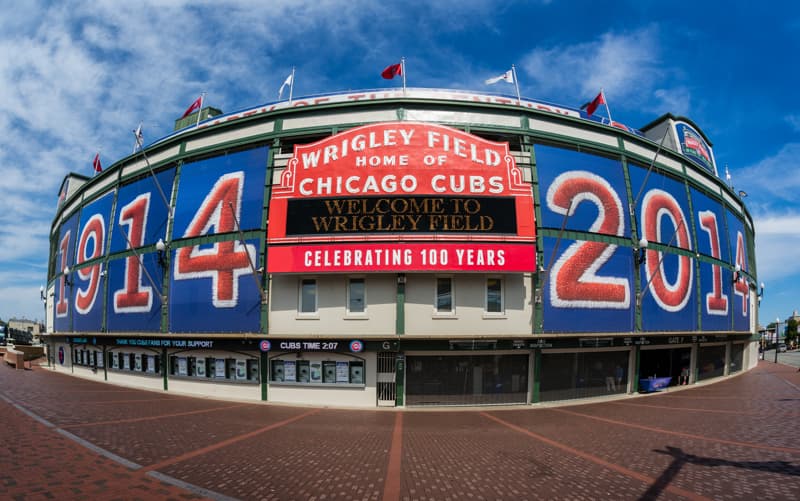
Opened in 1914, very little has changed to the stadium, except for lights added in 1988. The throwback scoreboard and the ivy-covered bricks are signature traits of the stadium. The Cubs are regularly among the league leaders in average attendance.
Miller Park (Milwaukee Brewers): Capacity 41,900
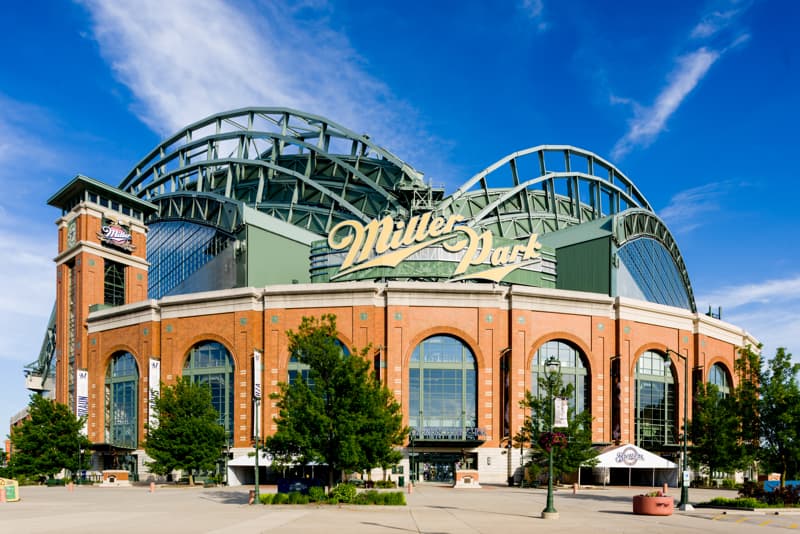
The NL Central-leading Brewers have taken advantage of this hitter’s ballpark and have hosted several intense postseason games. Despite a small market area, the Brewers routinely draw large crowds.
Citi Field (New York Mets): Capacity 41,922
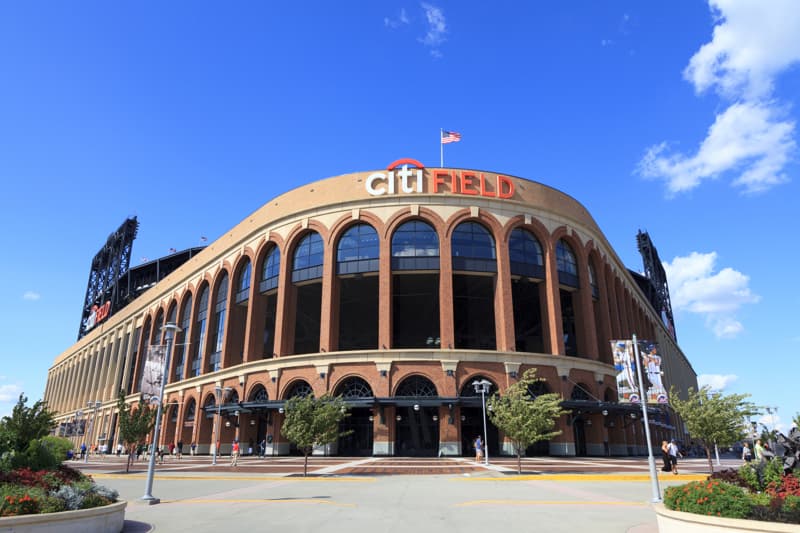
Despite leading the NL East this season more days than any other team, the collapse sees the Mets in third place. The home stadium of the Mets retained the big, red home run apple that was seen in Shea Stadium.
Great American Ball Park (Cincinnati Reds): Capacity 42,319
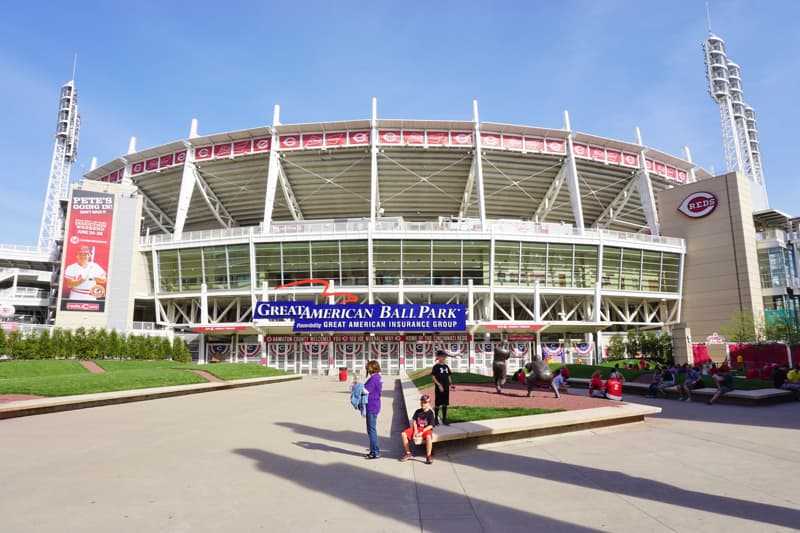
The Reds have struggled over the years, and in a hitter’s ballpark, many Reds’ pitchers have seen the ball fly out of the park. However, the Reds are now a contending team that should put more fans into this stadium that holds over 42000 fans.
Citizens Bank Park (Philadelphia Phillies): Capacity 42,792
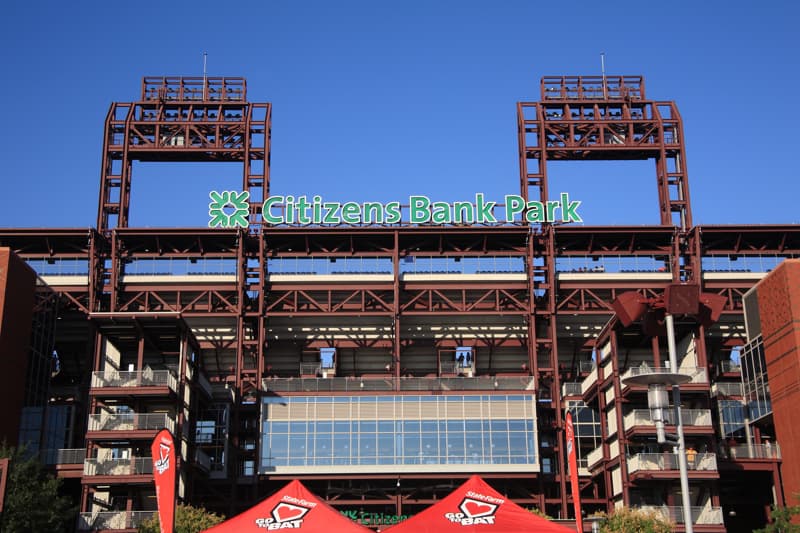
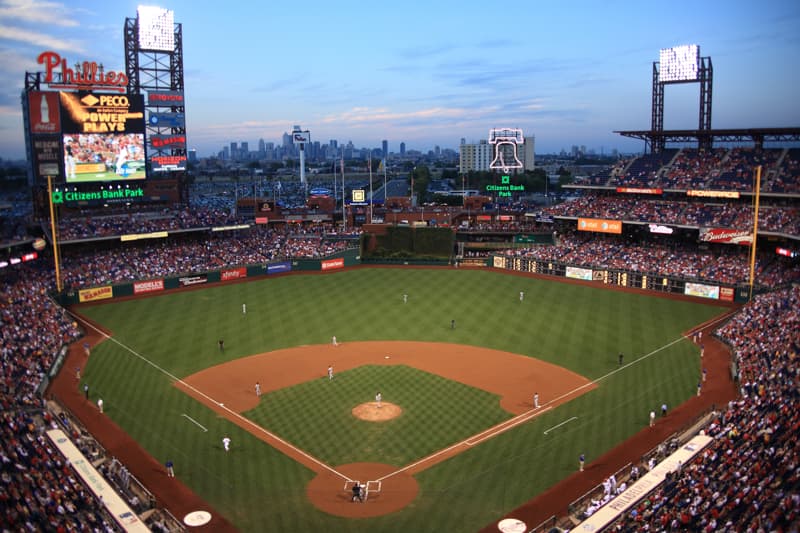
Despite having the reputation of being a hostile crowd towards opponents, Philadelphia remains one of the most passionate sports cities in the United States. They routinely pack the nearly 43000 seat stadium despite the team missing the playoffs for 11 straight years.
Busch Stadium (St. Louis Cardinals): Capacity 45,494
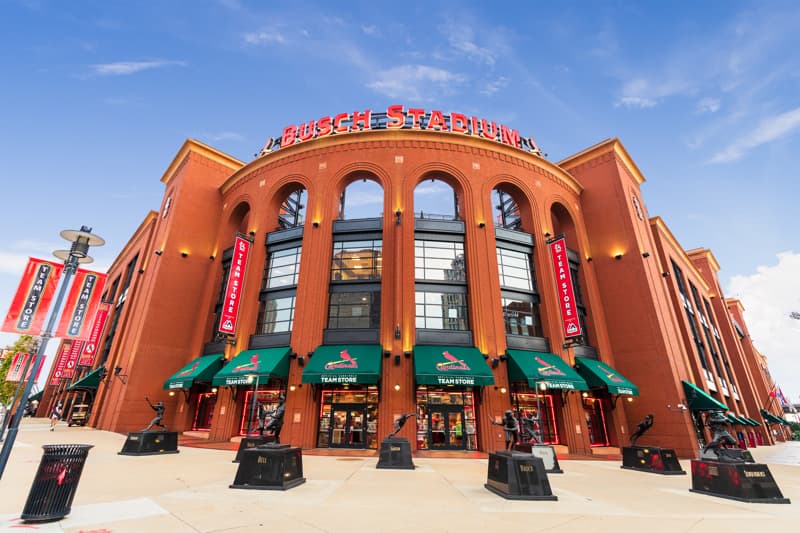
The new Busch Stadium features a magnificent view of downtown St. Louis, including the skyline and arch. Fans attending this huge 45494 capacity stadium can view statues of former Cardinal great players who have made the Hall of Fame.
Angel Stadium (Los Angeles Angels): Capacity 45,517
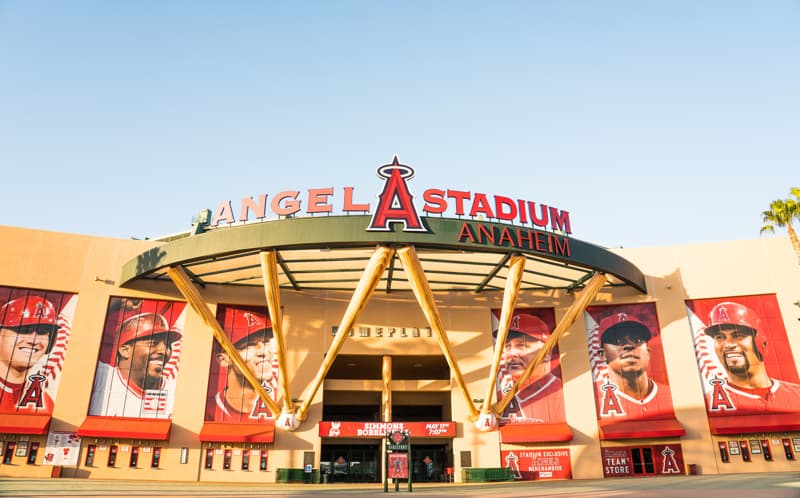
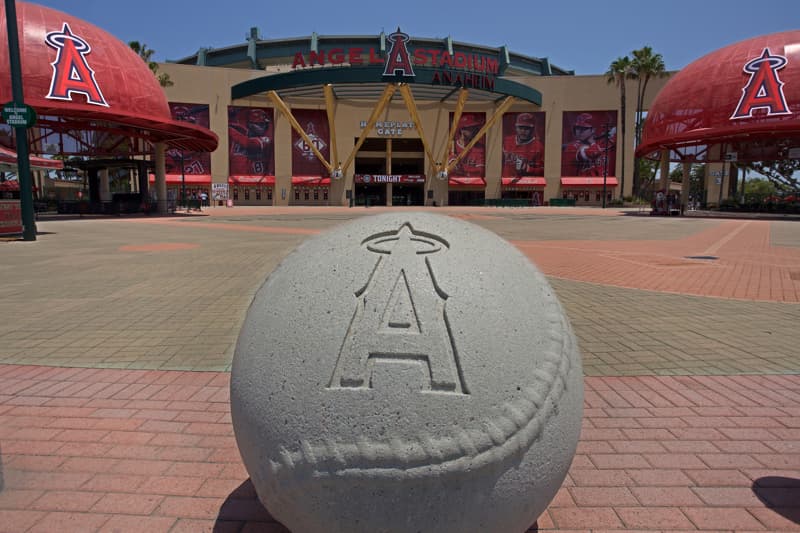
The Angels haven’t played a home playoff game since 2014. Mike Trout will return from injury next year, and teaming with Shohei Otani could vault the Angels into the playoffs to fill the more than 45500-seat stadium.
Oriole Park at Camden Yards (Baltimore Orioles): Capacity 45,971
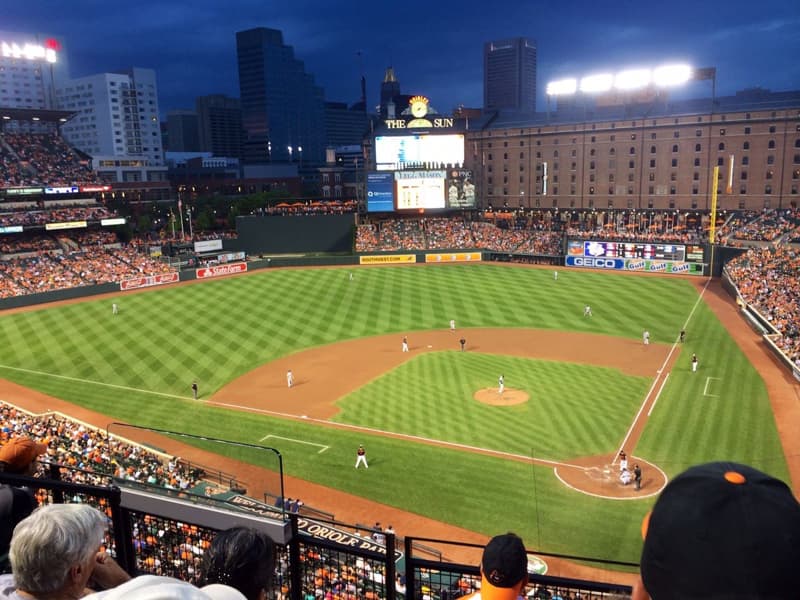
Camden Yards started the trend of breaking out of the cookie-cutter mold in the early 1990s. The stadium saw Cal Ripken break Lou Gehrig’s record for consecutive games played.
Oakland Coliseum (Oakland Athletics): Capacity 46,847
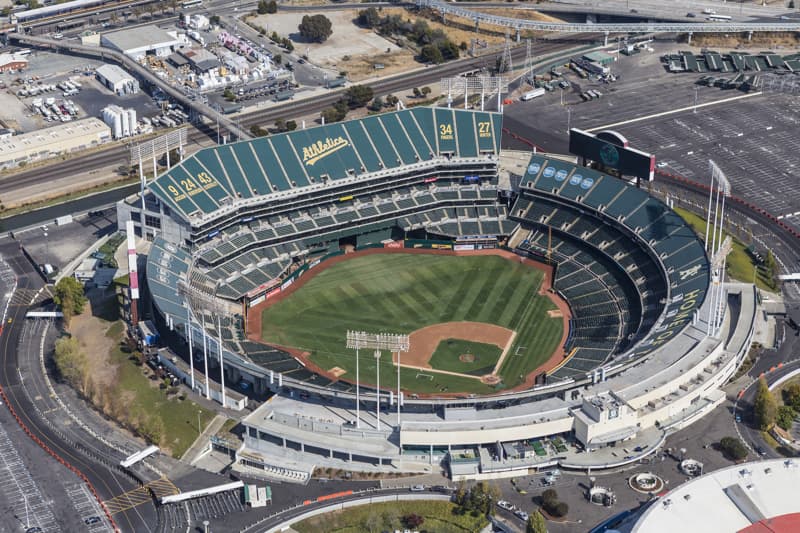
Although the stadium seats nearly 47000 people, the stadium is rarely anywhere close to being full. The stadium is better known as the home of the NFL’s Raiders. Perhaps some recognize the stadium more as the location for a large portion of the movie Moneyball.
Yankee Stadium (New York Yankees): Capacity 47,309
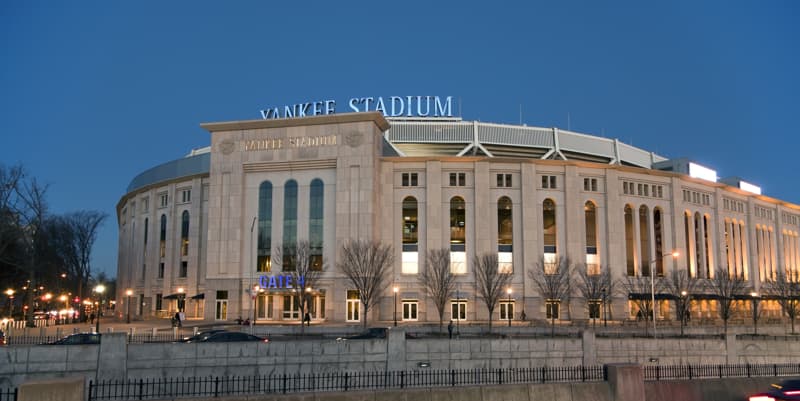
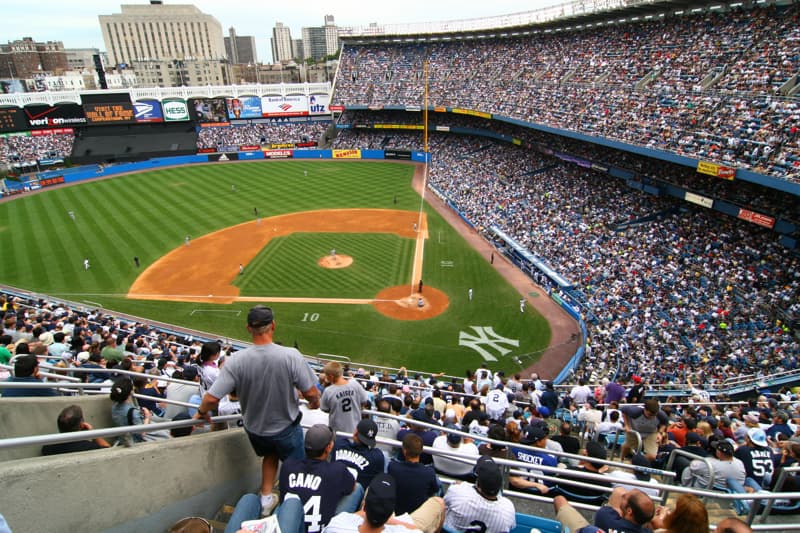
Despite not having the historical impact of the old Yankee Stadium, it’s a popular spot for tourists to come and attend a baseball game. The Yankees are consistently among the top teams in baseball, routinely drawing large crowds.
T-Mobile Park (Seattle Mariners): Capacity 47,929
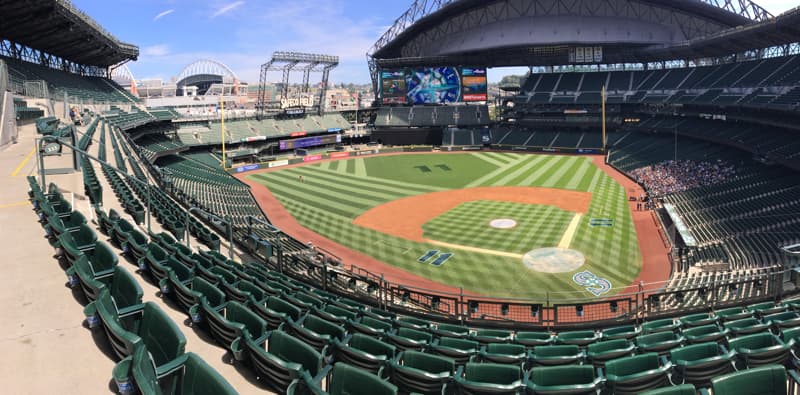
Formerly Safeco Field, the park opened in 1999. Five years prior, there were threats to relocate the team since the old Kingdom was in dire need of renovation.
The stadium has a state-of-the-art roof and capacity of nearly 48000 people, although the Mariners rank in the lower half in average attendance.
Chase Field (Arizona Diamondbacks): Capacity 48,686
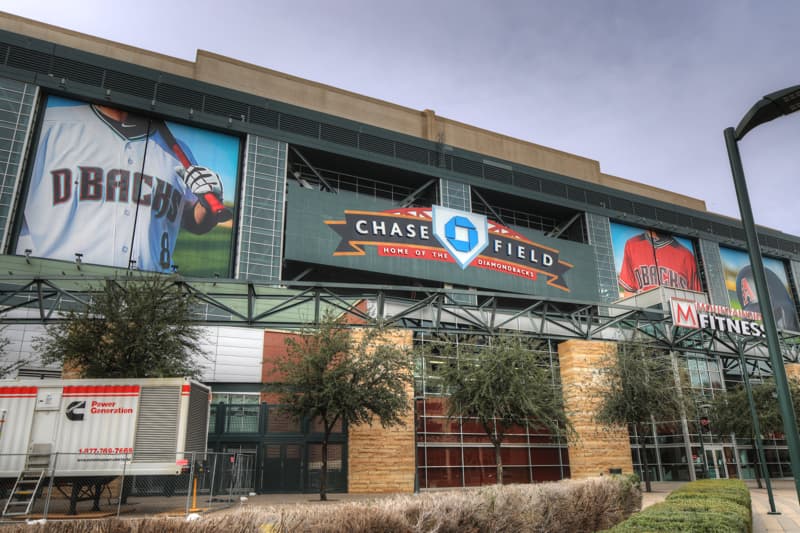
The stadium has a roof that allows sunlight without the players or spectators getting too much of the intense Arizona summer heat. An intricate cooling system allows ball games to be played no matter the weather.
Rogers Centre (Toronto Blue Jays): Capacity 49,282
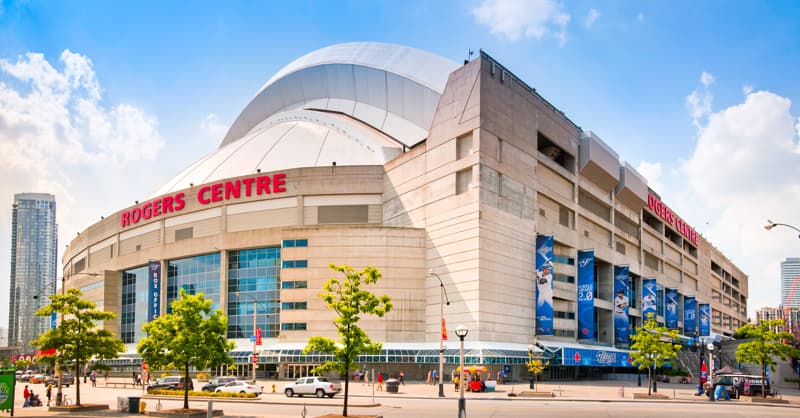
Previously known as the SkyDome, this multipurpose stadium built to host football and baseball has a whole retractable roof. This colossal stadium can seat nearly 50000 fans and is visible from CN Tower on a nice day when the roof is open.
Coors Field (Colorado): Capacity 50,445
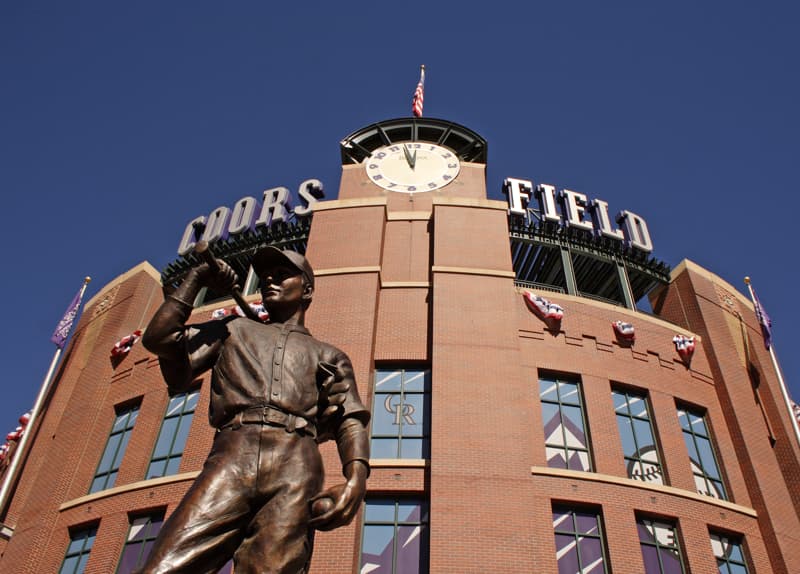
The vast area of the field itself, combined with the large seating capacity, makes Coors Field the biggest stadium in the league. At a mile above sea level, Coors Field is the most hitter-friendly park in the major leagues.
Dodgers Stadium (Los Angeles Dodgers): Capacity 56,000
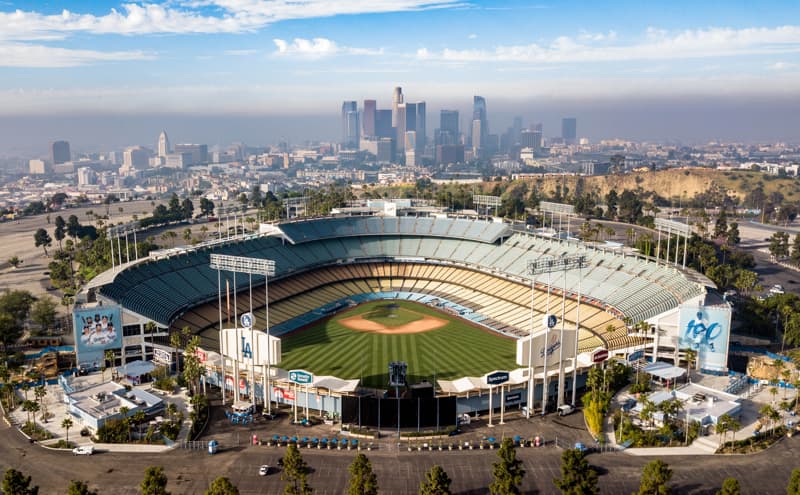
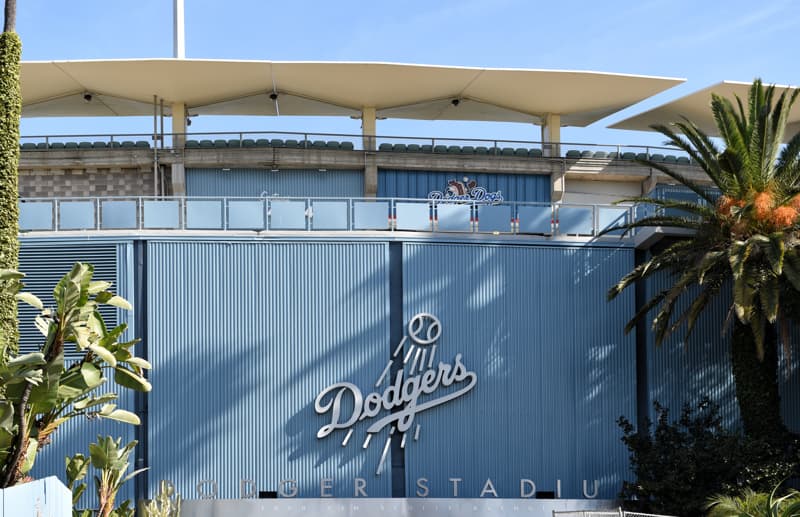
One of the oldest stadiums in the major leagues, Dodger Stadium easily surpasses all others in terms of capacity. The nearly 50-year-old venue is located at the top of Chavez Ravine and is an iconic landmark in the baseball world.
Biggest MLB Stadium By Distance to Center Field
Here are the stadiums with the greatest distance from home plate to the center-field fence in ascending order. Note that the distance to center field fence is in bold.
Chase Field (Arizona Diamondbacks)
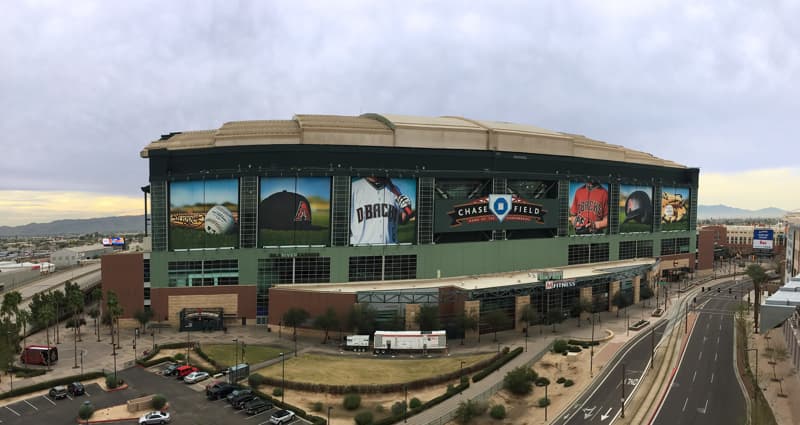
(Dimensions 330, 374, 413, 407, 413, 374, 334)
The wall in center field is 25 feet tall, which means it takes a massive blast to hit one out in this part of the stadium. However, it brings the all-exciting triple into play quite frequently.
Globe Life Field (Texas Rangers)
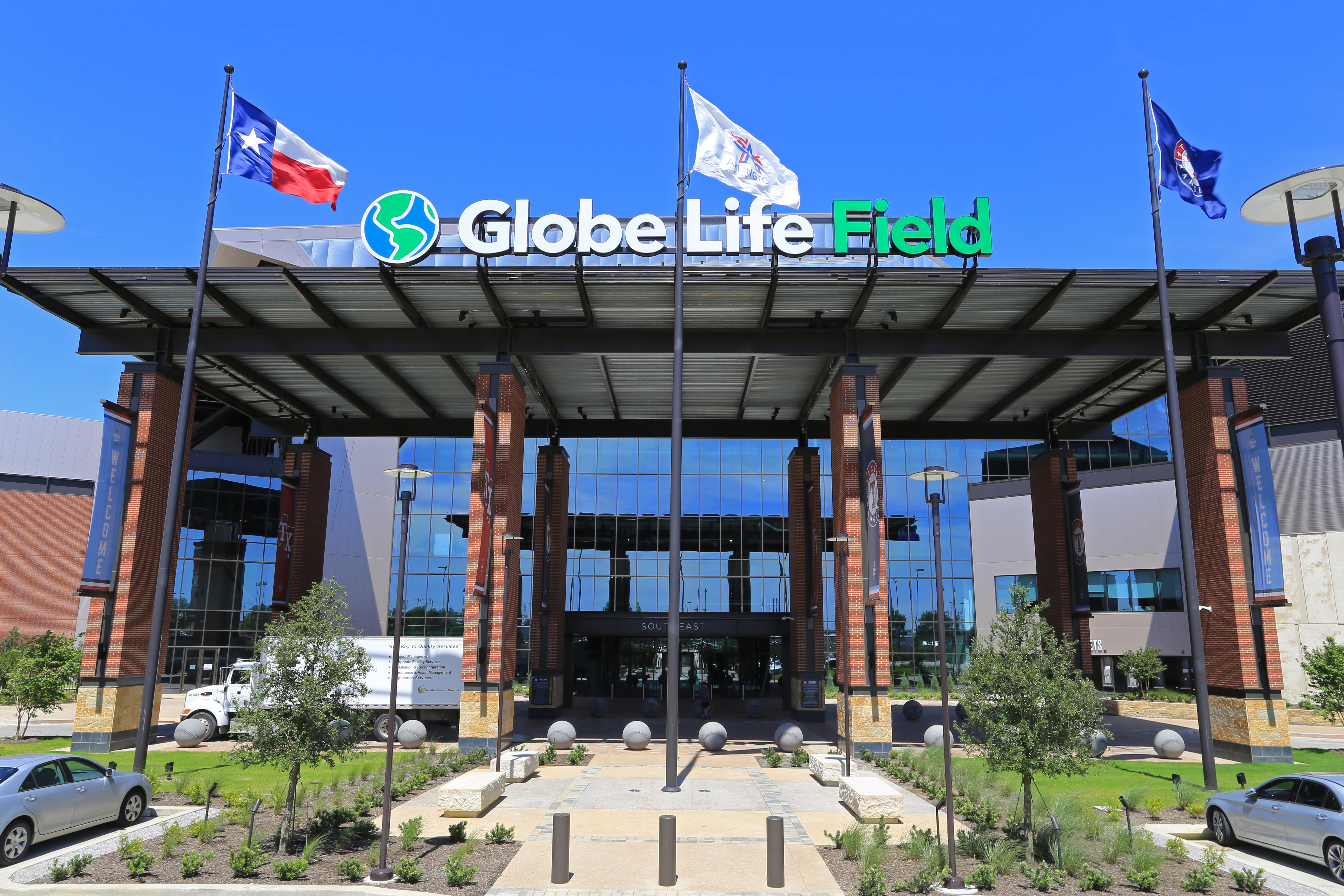
(Dimensions 329, 372, 407, 374, 326)
The somewhat odd distances in this stadium are due to paying tribute to former members of the team. For example, the 326 down the right-field line is for #26, late manager Johnny Oates. Similarly, 329 down the left-field line is to honor Andrian Beltre and his uniform #29. Ivan Rodriguez wore the number 7 and is the reason the distance to center field is 407 feet.
Citi Field (New York Mets)
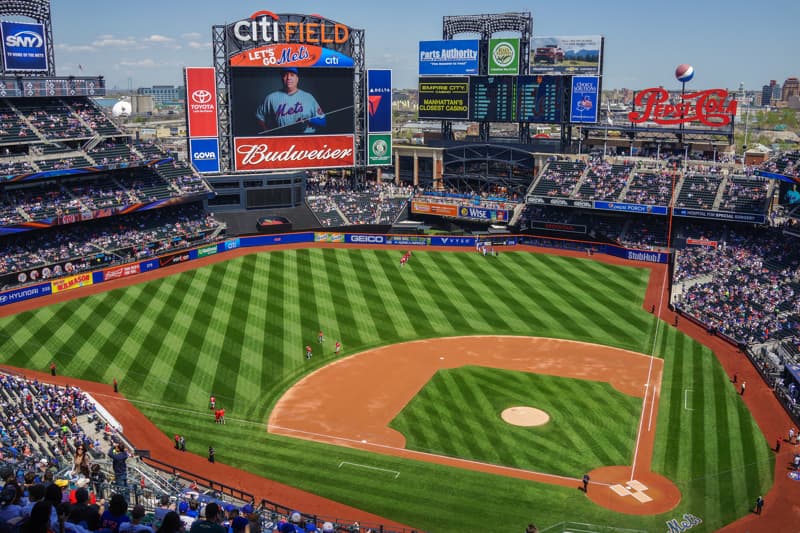
(Dimensions 335, 358, 385, 408. 398. 375. 330)
When the stadium opened in 2009, it was one of the largest parks in the league. After home run totals were way down, three years later, the fences were moved in.
The right-center field fence was brought in three years later. Centerfield remains the same distance at 408 feet.
Yankee Stadium (New York Yankees)
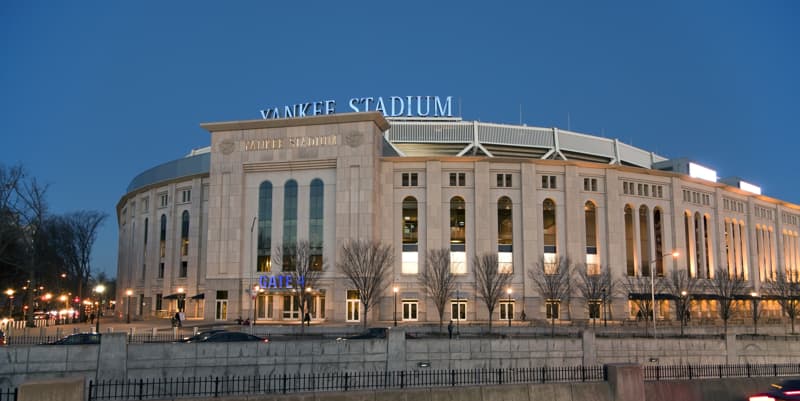
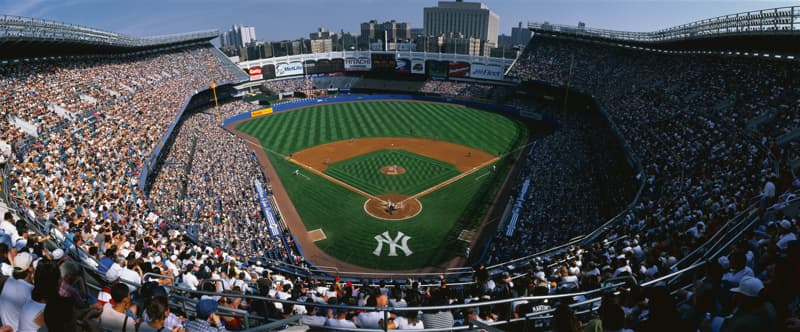
(Dimensions 318, 399, 408, 385, 314)
The dimensions mimic the original Yankee Stadium, but it’s much easier to put the ball out of the park in right field than at the House That Ruth Built. No matter the reason, the short, intimate porch down the right-field line is one of the most distinguishing features of any stadium in the league. Hitting one out in center remains a challenge at 408 feet.
Minute Maid Park (Houston Astros)
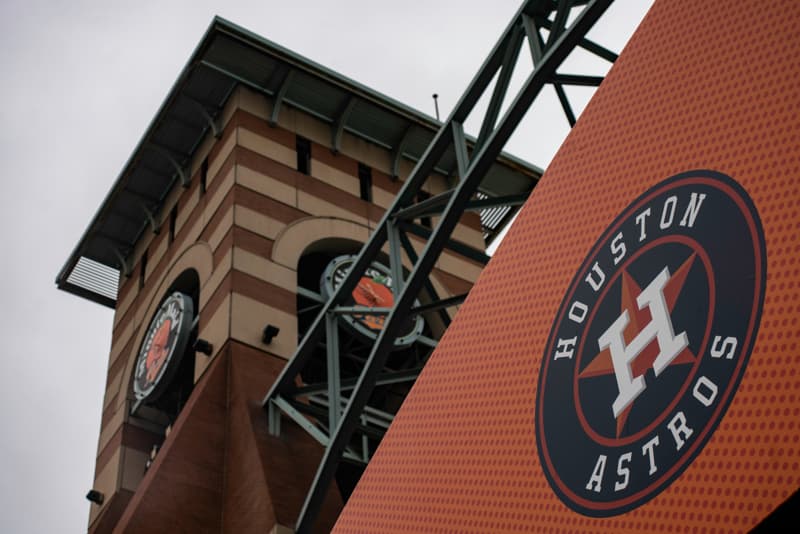
(Dimensions 315, 362, 404, 409, 408, 373, 326)
The 436-foot-deep fence with a flagpole in play was removed from the stadium in 2017. The short porch in left remains a great feature and is a target for power hitters around the league. Poke in center field is still a shot at 409 feet.
Kauffman Stadium (Kansas City Royals)
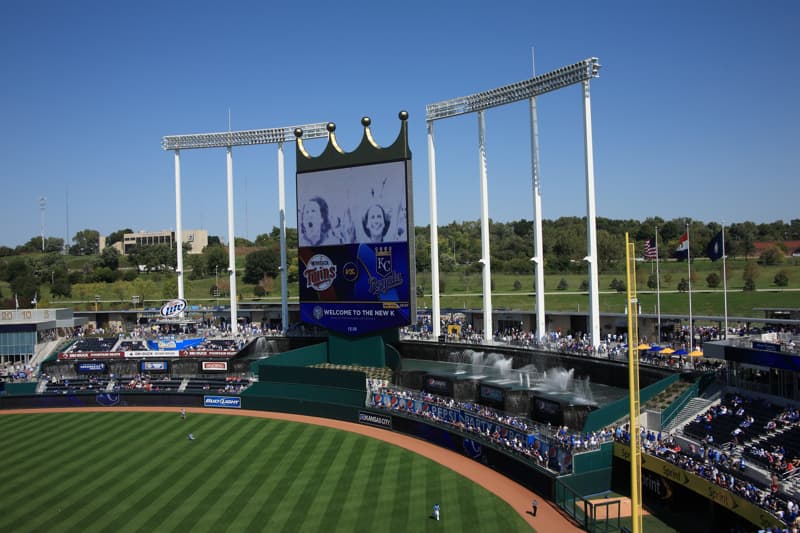
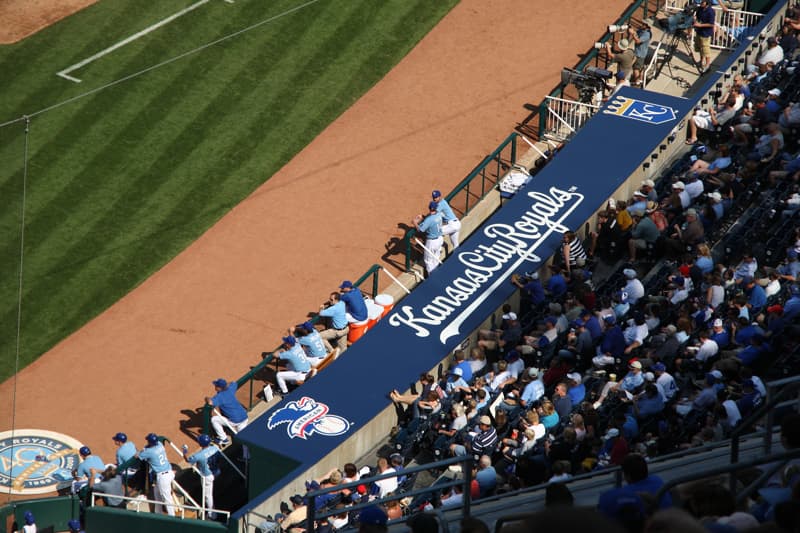
(Dimensions 330, 387, 410, 387, 330)
The stadium was constructed during the time that most cookie-cutter stadiums came to the forefront. However, this was never a multipurpose stadium as the Chiefs of the NFL play in Arrowhead Stadium. Kauffman stadium is symmetrical, with a 410-foot shot needed to clear the center-field fence.
Coors Field (Colorado Rockies)
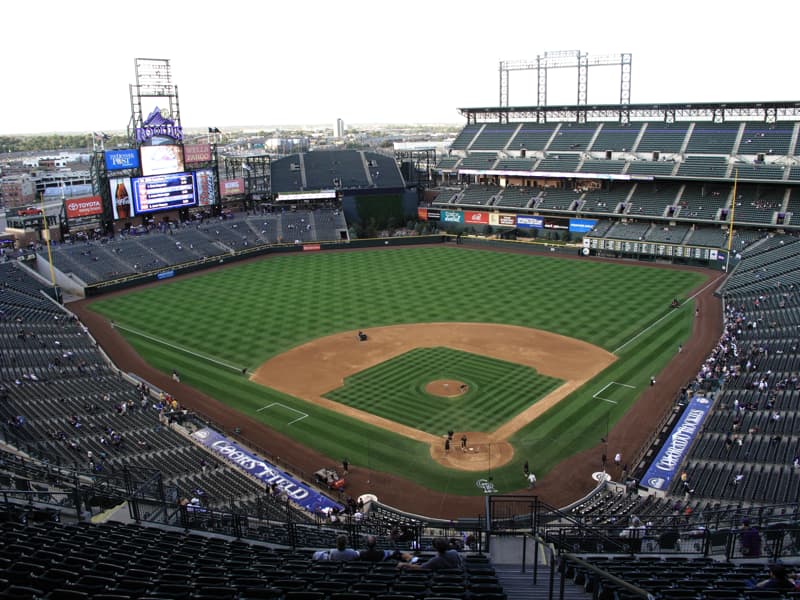
(Dimensions 347, 390, 415, 375, 350)
The walls are deep because the ball travels farther in the thin air.
What this accomplishes is many more balls that don’t leave the park turning into triples. Despite the high altitude, it takes a blast to carry the 415-foot wall in center field.
Comerica Park (Detroit Tigers)
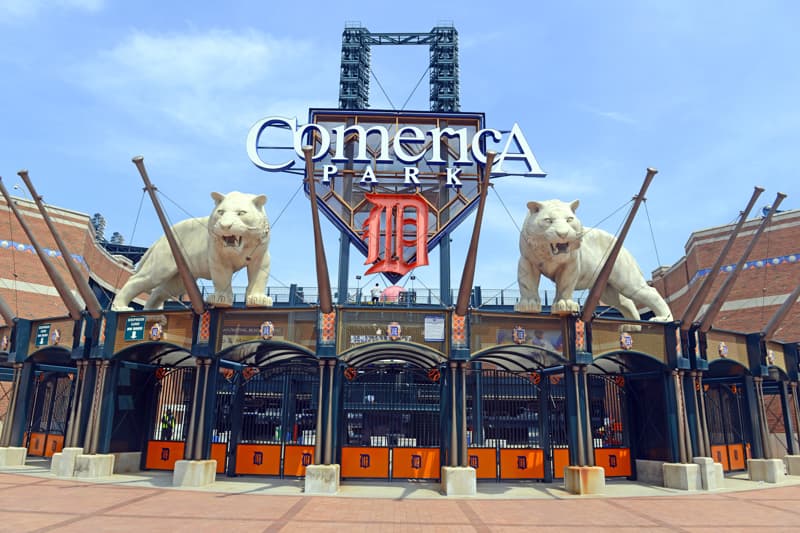
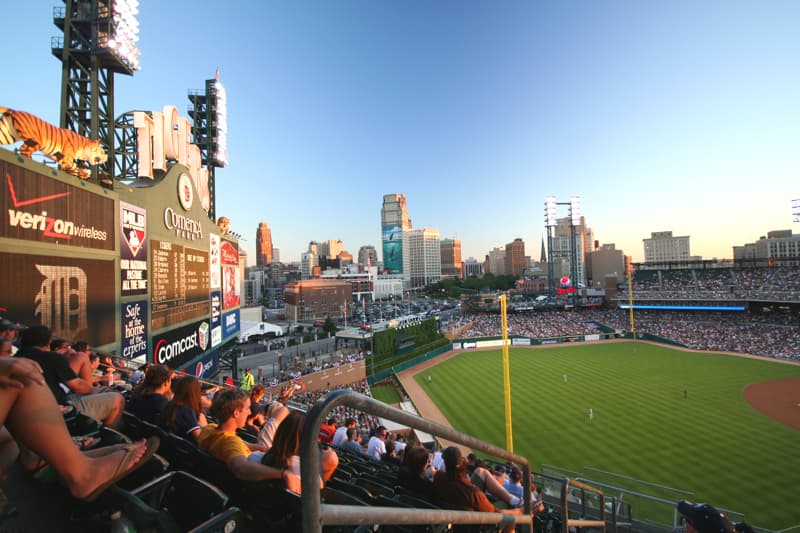
(Dimensions 345, 370, 420, 365, 330)
Built to replace the old Tiger Stadium that was home to the Tigers from 1912 to 1999, the dimensions are a bit more hitter-friendly than the original stadium. The left-center power alley was 395 feet, and dead center was about 440 feet from home plate. Still, Comerica Park has the deepest center field fence in the league, and only the most mammoth blasts will clear it at 420 feet away from home plate.